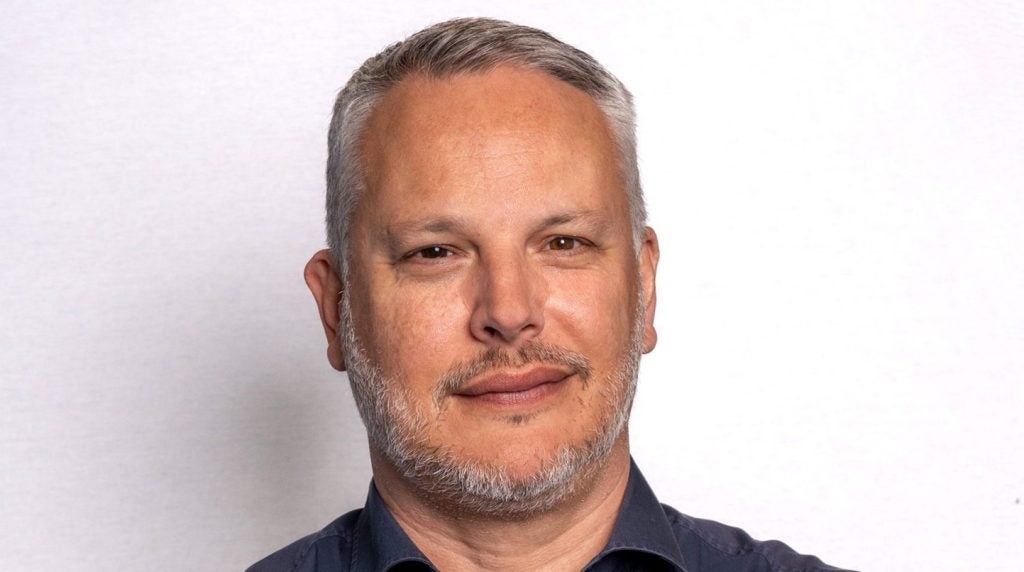“The days of the wholly manufacturer-owned
captive finance model may be numbered.”
These were the words spoken by Chris Sullivan,
chief executive of corporate banking for RBS in the UK, at a
conference held recently by systems provider Sword Apak.
The comment was made in a discussion on the
future of manufacturer finance programmes, in which Sullivan
expressed his expectation that the majority of manufacturers would
soon need to partner with banks in order to achieve access to
capital at a sustainable price.
He argued that the cost of funding would only
increase in the years to come, putting margins under pressure and
forcing manufacturers either to think like banks in terms of the
management of their treasury functions, or enter into risk-sharing
partnerships with banking partners in order to provide both
wholesale and retail finance.
Speaking exclusively to Motor
Finance, Leasing Life’s sister title, Sullivan
explained: “Of course, every set of circumstances is unique and a
generalisation can’t be made. However, banks are increasingly
acting as both advisors and funders to manufacturers, and even when
manufacturers are providing finance themselves, it is likely that
they are borrowing from a bank to fund that lending.”
Colin Maddocks, director of network
development for Mazda Europe, agreed that manufacturers had to
begin thinking about more than just “moving metal” in their
provision of finance programmes.
How well do you really know your competitors?
Access the most comprehensive Company Profiles on the market, powered by GlobalData. Save hours of research. Gain competitive edge.

Thank you!
Your download email will arrive shortly
Not ready to buy yet? Download a free sample
We are confident about the unique quality of our Company Profiles. However, we want you to make the most beneficial decision for your business, so we offer a free sample that you can download by submitting the below form
By GlobalData“In working with bank partners across Europe,
we have had to think about cost and profit implications for them –
so we have learnt to think like a bank,” Maddocks said.
Change expected
Across the industry,
business leaders have responded to the issue with unanimous
agreement that captive strategy will have to change to reflect
shifts in the capital markets, but have stopped short of sounding
the death knell for the traditional captive model.
Black Horse managing director Chris Sutton
commented: “Money costs are undoubtedly going to rise in the short
term to counteract inflation, as economies continue to recover and
money supply stimuli reduces. Manufacturers have been particularly
active in supporting sales of new vehicles by providing subsidised
finance, but as interest rates rise, this becomes increasingly
expensive, especially around provision of zero/low rate APRs.”
 Sutton contended, however, that manufacturers need
Sutton contended, however, that manufacturers need
not necessarily be at a disadvantage to banks in terms of access to
capital. Traditionally, Sutton argued, banks have had the ability
to raise funds to lend out at lower rates than major corporates,
but that this had changed as the risk premiums attached to
financial institutions had increased in recent years.
“Some corporates can now raise funds in their
own right more cheaply than via their bank – depending on the
strength of the balance sheet,” he said.
“Since the credit crunch, the importance of
liquidity and availability of capital is now much more apparent for
both banks and manufacturers. With any joint arrangement the profit
element is usually required to be shared, which can place pressure
on the margins needed.
“Personally, I believe that we will still see
both models in operation in the future – some manufacturers will
want, or need to, rely on banks to provide funding and some will be
able to raise their own funding by other means.”
Adapting for survival
Meanwhile,
consultant and former head of Mazda Bank Ian Dewsnap agreed that
there would be ways for the current captive model to survive into
the future.
“I would not for one minute argue with Darwin.
Evolution is constantly going on, and the only constant is change –
or whatever expression you care to use. However, I would not buy
the argument that captives are dead for a while yet. To answer the
question of how they will change, however, one needs to look beyond
the UK.”
A dry securitisation market, poor access to
funding and consequent higher operational costs, Dewsnap posited,
had made some smaller markets no longer viable for single brand
“true” captives.
He explained: “Creative solutions have
emerged, with some manufacturers taking back ownership of wholesale
and moving their point of revenue from wholesale to retail. Some
have set up white label operations, others perhaps JVs. 
“Certainly the landscape has changed, and the
days of the captives in every market their parent brand operates in
are gone.”
The survival of wholly owned captives, Dewsnap
said, will depend on both the motives and the financial positions
of their parents. The German captives in particular, he argued, had
particularly strong treasury operations, and might prosper “for a
long while yet.”
At the same time as these comments were being
made, one German-owned captive – BMW Financial Services – made a
muscular demonstration of its group’s confidence in its
profit-making ability by completing the acquisition of ING Car Lease by fleet
subsidiary Alphabet.
It was certainly enough to cause fleet
provider Leasedrive’s commercial director, Roddy Graham, to
re-evaluate his view of the viability of the captive model.
“Until last week, I would have agreed with the
view that partnership with banks will become the only realistic way
for manufacturers to offer finance programmes. However, the news
that BMW has acquired ING Car Lease for a not insignificant
consideration, and the fact that they will need to feed the
business ongoing with a huge level of asset finance, suggests that
this particular captive is alive and well.”
If, then, the captive model still has life in
it, what will the next phase of its evolution?
Dewsnap thinks that the situation may change
dramatically once Chinese brands start to develop momentum in
Europe.
“As and when the Chinese brands have a market
share foothold, it will be interesting to see what their decision
might be for the use of what seems to be plentiful capital access.
Will they partner with existing players, bring Chinese banks with
them as partners – or set up their version of the traditional
captive model in larger markets?”
While few would disagree that those manufacturers who have
chosen to ally themselves with banks will have an advantage in
preserving their margins in a pricier funding climate, it remains
to be seen whether truly in-house funders will fall foul of their
traditional methods, or find new ways to compete.
fred.crawley@vrlfinancialnews.com







